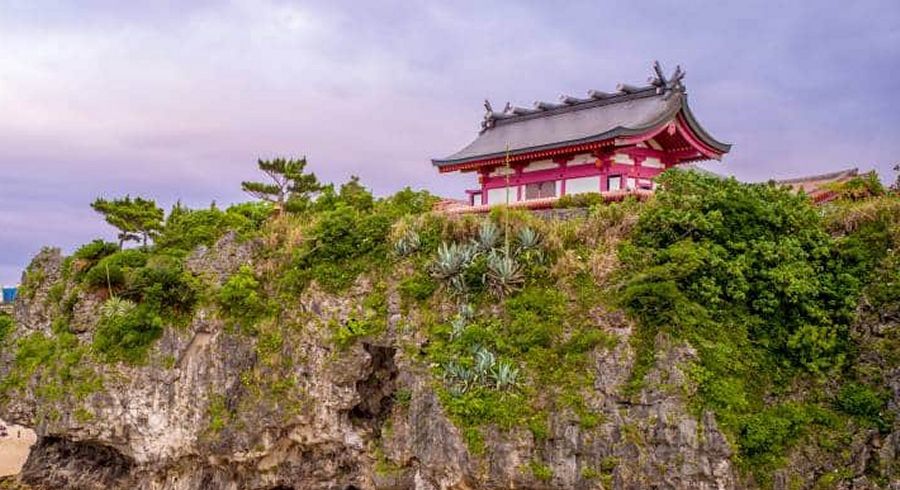TO LIVE LONGER
WITH THE OKINAVA DIET | |
1/ The slimming rule of hara hachi bu The principle: stop eating a few moments before reaching satiety, when the stomach is 80% full (and you feel a slight pressure). To achieve this, nothing beats eating mindfully, moving away from screens and other distractions, savoring every bite and engaging all the senses. By controlling his gluttony in this way - and with it, his calorie intake and his weight -, there follows a feeling of lightness when leaving the table and a more quickly regained tone. It's all a matter of habit (which would set in after 20 meals)… 2/ The kuten gwa Exit the single plate! The procedure to follow, according to the Okinawans, is to multiply the dishes, in small portions. All the dishes are placed in the middle, served at the same time, and shared between the members of the community during a convivial moment (the community spirit is higher than anywhere else, which would also contribute to their longevity record). The idea is to eat everything, in small quantities. The tradition is that there is rice (or starch), a soup (miso or vegetables) and at least three dishes. And of course, everything is homemade with ultra-fresh products. 3/ Vegetables: up to half of the plate Plants are essential in the diet of Okinawans, so much so that they have a prominent place on the plate. Be the guarantee to fill up with good nutrients at each meal. The meat, meanwhile, is relayed to the background (fish and tofu take precedence) considered as a simple accompaniment and eaten in small portions. No question here of seeing a piece of steak take up half the plate, so... 4/ The 3 food cooking methods Their "healthy" diet also involves a trio of optimized cooking methods. 1/ Raw (or uncooked) which ensures more chewing, a lower glycemic index and an intact vitamin and mineral content, 2/ Semi-cooked: barely pan-fried or al dente foods, it is the guarantee of having the same benefits as with raw and 3/ Boiled, which allows you to cook without fat. This is also part of their slimming tricks: meat is often boiled to eliminate fat. 5/ Dessert ? Nonexistent ! It goes against the rule of hara hachi bu which is to stop eating when the stomach is at 80%, since the dessert is usually eaten after reaching the satiety threshold. To achieve this, it is recommended to slow down and eat slowly. If the craving is too strong, opt for a fruit, a coffee or a tea without sugar. Yes ! You can ! hi ! hi !! hi !!! | |
| Mia Kennedy for DayNewsWorld | |
 |
|




